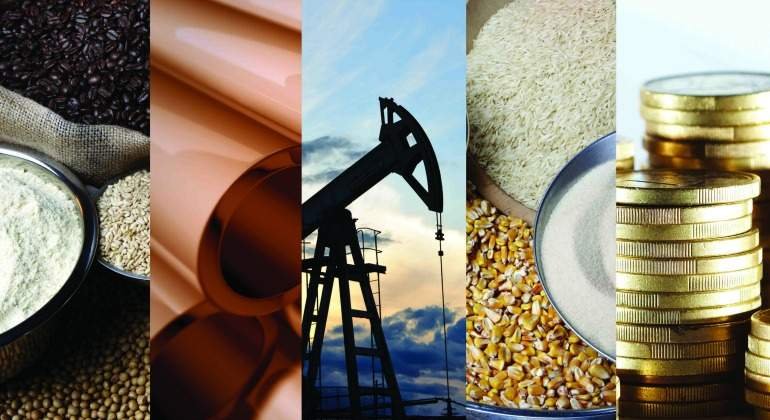Fires surge by 915% following a series of incidents last week, leaving situation still worrisome
08/29/2024
The number of wildfires reported in São Paulo this month has increased by 915% compared to the same period last year. The only state with a worse outcome was Mato Grosso do Sul, where fire incidents rose by 1,825%.
As a result, São Paulo is now the fifth state with the most wildfire outbreaks in the country (3,483) during the period from August 1 to 26—up from 13th place during the same period last year. Currently, the state is only behind Mato Grosso, Pará, Amazonas, and Mato Grosso do Sul, according to data from INPE (National Institute for Space Research).
The series of fires that struck the São Paulo countryside last week emerged almost simultaneously and in predominantly agricultural areas, according to a survey by IPAM (Amazon Environmental Research Institute) based on satellite-mapped heat sources.
Of the 2,600 heat sources reported in São Paulo between August 22 and 24, 81% occurred in areas used for agriculture, such as those occupied by sugarcane and pasture, according to a cross-analysis of satellite images from the environmental monitoring network with land cover and usage data from the MapBiomas network. Approximately 72% of São Paulo’s territory is occupied by agricultural activities.
Satellite images show the emergence of smoke columns within a 90-minute interval, between 10:30 am and 12:00 pm on August 23. The study strengthens comparisons between the incident in the São Paulo countryside and the so-called “Day of Fire,” mentioned by Environment Minister Marina Silva. She said that President Lula’s government is investigating whether the wildfires in the state have similar motivations to the criminally induced forest fires in August 2019 in the municipalities of Altamira and Novo Progresso, both in Pará state.
After two days without fires, São Paulo state recorded three new fire outbreaks on Tuesday (27th) in Batatais (350 km from the capital), in the metropolitan region of Ribeirão Preto, prompting a task force to combat the flames. Batatais is one of the cities on the state Civil Defense’s list of 48 municipalities on high alert for fires.
The outlook for the coming days remains concerning. The São Paulo Civil Defense has classified the metropolitan region of São Paulo as at emergency risk for fires this upcoming weekend.
According to meteorologists from the state agency, the classification is due to the hot and dry weather expected to return to the state starting this Friday (30th). With no rain in the forecast, the relative humidity in São Paulo city could drop to 20% over the weekend, according to INMET (National Institute of Meteorology), and temperatures are expected to reach 30°C in the capital.
There are four stages of warnings for fire risks: low (yellow), high (orange), alert (red), and emergency (purple).
The wildfires affecting different parts of Brazil may be linked to a historic lack of rain—the most severe in the last four decades—impacting 16 states and the Federal District.
The data comes from CEMADEN (National Center for Monitoring and Alerts of Natural Disasters), which considered information from May to August for all states since 1981, the year official records began.
Preliminary figures from the center for this August show that approximately seven out of ten Brazilian municipalities are affected by some level of drought: mild, moderate, extreme, or severe.
Meanwhile, Supreme Court Justice Flávio Dino ordered the federal government to mobilize, within 15 days, the Armed Forces, Federal Police, Federal Highway Police, National Force, Military Firefighters, and environmental enforcement agents to combat the wildfires in the Pantanal and Amazon—biomes that have been suffering from fires in recent days, with smoke spreading across the country. To fund the emergency actions, the federal government may open an extraordinary credit line through a provisional presidential decree.
Source: Valor International

/i.s3.glbimg.com/v1/AUTH_37554604729d4b2f9f3eb9ad8a691345/internal_photos/bs/2022/j/m/iaH8Y8S8A8OkpA9ZSorw/14emp-100-rodo-b3-img01.jpg)
